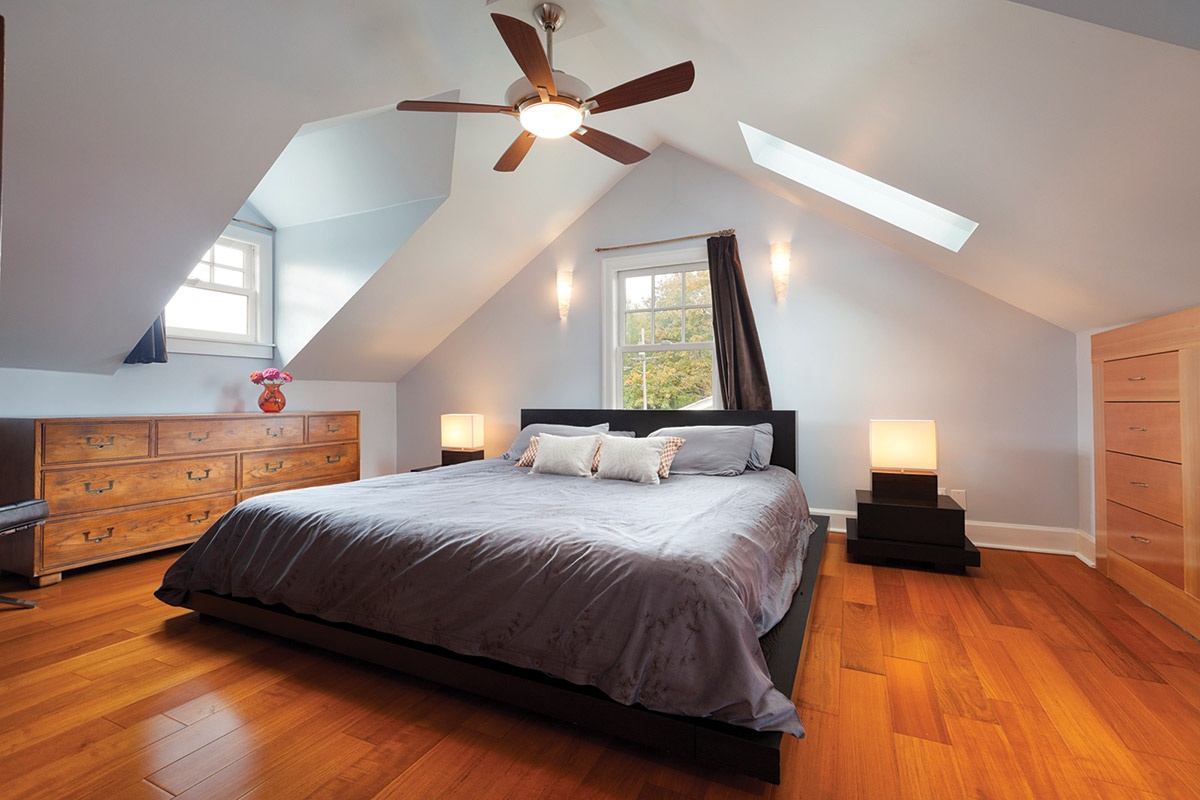During summer months, energy bills tend to creep up a bit—or, in some cases, a lot—but keeping your home comfortable amid the heat doesn’t have to break the bank. Some energy-saving solutions are low-cost, while others require a bigger investment. Using either strategy, you can be more comfortable and have lower energy bills this summer.
The first step is to reduce your home’s solar gains—the heat energy it collects from the sun. Since most solar gains originate through your home’s windows, awnings are an effective solution. They can reduce solar heat gain by as much as 65% on south-facing windows and 77% on west-facing windows. You can also try less expensive solutions on the outside or inside of your windows, like reflective films and solar screens. Heavy window coverings also work and have the added benefit of reducing heat loss in winter.
Attics can be a major source of heat gain. These areas can become extremely hot and radiate heat through the ceiling and into your living space. Adequate insulation and abundant venting through the roof, gable or eaves are the solutions.
Another important step is to seal air leaks around windows, doors, plumbing and wiring penetrations.
Excess heat can also be generated inside your home—and at your expense. Here are some simple steps you can take to minimize this.
- Make it a habit to turn off lights and TVs in rooms that aren’t in use.
- Incandescent lightbulbs generate a lot of heat. Replace them with LEDs.
- Unplug devices when you aren’t using them, including chargers, computers, monitors and other electronics. Many of these devices use phantom power that keeps them on constantly (even when they’re not in use), which generates heat.
- Maintain appliances for peak efficiency.
- Set your water heater temperature to no higher than 120 degrees.
- Set your refrigerator thermostat to no lower than 38 degrees.
- Insulate your home’s hot water pipes.
- Minimize use of your oven, and don’t run the dishwasher or washing machine until it is full.
Now that you’ve worked on keeping heat out of your home and minimizing the heat generated inside, let’s look at how to make the inside air cooler. That starts with your air conditioning system.
If you have central AC, make sure it’s working efficiently. Replace filters regularly, and make sure supply registers are open. AC systems need to push an adequate amount of air into the supply ductwork to function properly.
If you do not have central AC, window units can be an efficient solution if they are Energy Star-certified and only used to cool part of the home part of the time. Make sure to seal any openings around the window unit.
The least expensive way to cool yourself is air movement.
A ceiling or portable fan can make a room feel up to 10 degrees cooler, but fans cool people—not rooms. Turn them off when you’re not in the room.
When the night air is cool and not too humid, exchange your hot air for cool outdoor air by opening windows and turning on fans throughout the house. A permanent (but more expensive) option is to install a whole-house fan.


